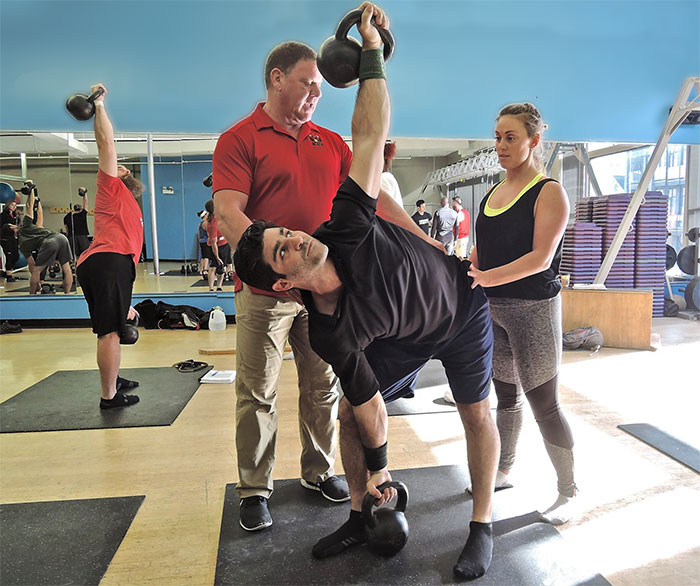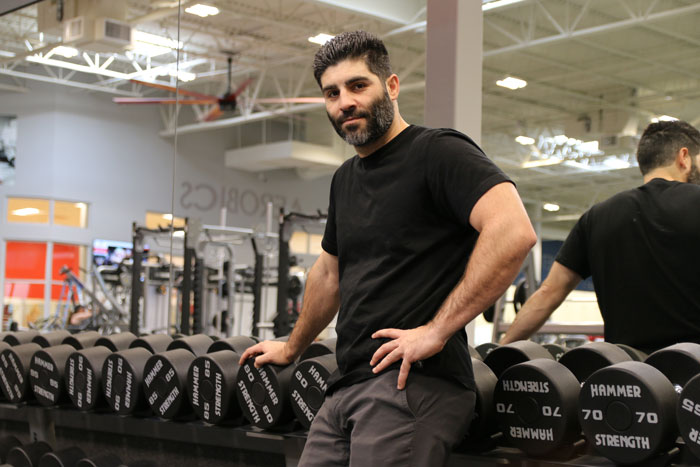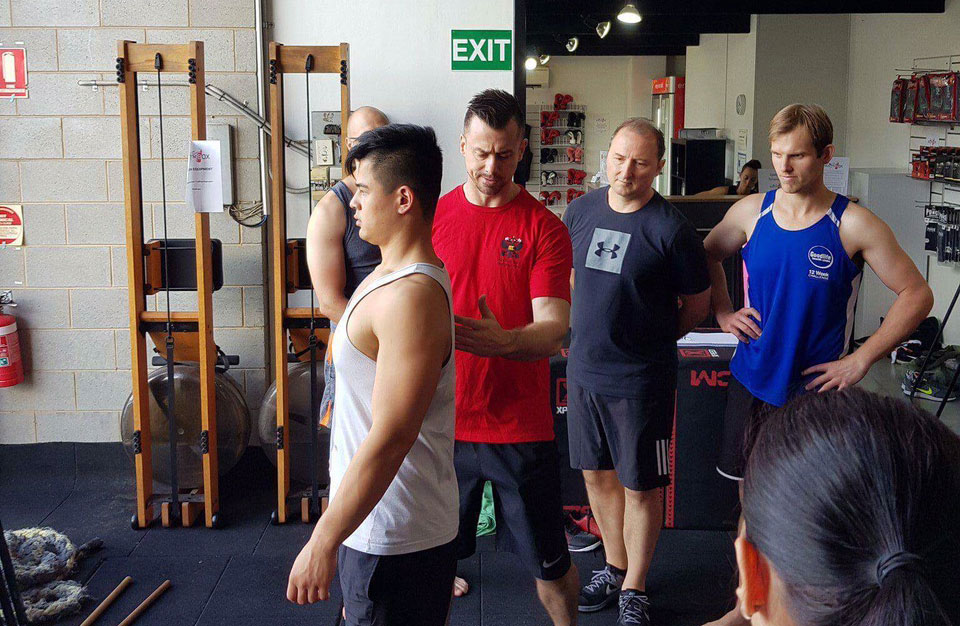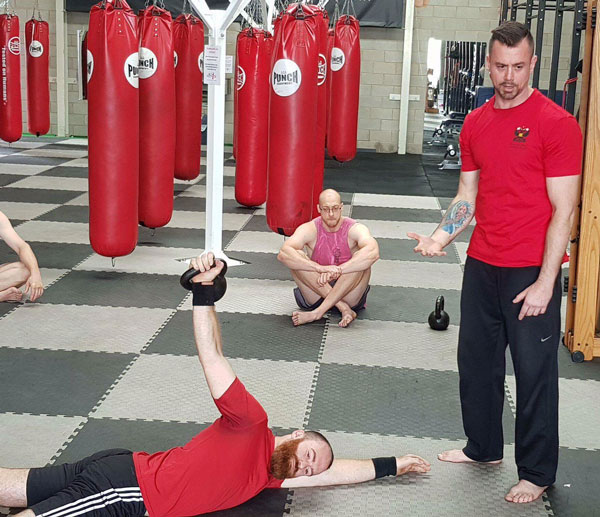
Is there actually such a thing as a “fun workout”? This might be one of the fitness industry’s most perpetuated myths. What’s behind the sales pitch? The two terms—fun and workout—are individually open to interpretation. When combined, it’s almost impossible to argue against someone convinced that their exercise is as fun as watching their team win the season.
Could the promise of a fun workout mislead a vulnerable newbie into thinking they can take the work out of their training?
To me, the word “fun” describes things like eating ice cream or seeing my favorite band play live. Working out is, well, work. Don’t get me wrong, I’ve been putting in the work. I’ve worked out for five years straight and before that, sporadically since I was a teenager. I have definitely enjoyed a great deal of the process. In fact, I think getting strong is the coolest thing you can do—and virtually everyone has the power to do it.
But, I’d be lying if I said there weren’t days I had to begrudgingly drag myself to my living room to do a brutal kettlebell or barbell workout. I’m only human—and that means at least subconsciously trying to expend as little energy as possible while consuming everything in sight. Any other behavior is unnatural, and this is what we’re up against!
Of course, some workouts are fun. When I look through the glass wall into Studio A at my local gym, I see a ton of smiling faces. They’re having a blast in there. But are they working out …or dancing? Is there a difference? Let’s leave that question alone for now, but they are definitely in the class for the purpose of fitness—burning calories, getting in steps, working to stay head in the uphill battle to feel good. Everyone has their own reasons—fitting into smaller size clothes, keeping up with the kids, or feeling strong and mobile.
In Max Shank’s book Ultimate Athleticism, he lists three categories of fitness goals: aesthetics, performance, and health. He argues that if you focus on health, the other two usually follow—to a point. I tend agree. Healthy is attractive, capable, and powerful. I believe that if you want to truly call yourself physically healthy, you must strive to strike a balance between endurance, muscular endurance, and strength.

I didn’t always love to lift. But once I learned the skills and set solid goals with a structured plan to achieve them, I was hooked. For me, that’s fun, it’s also work, but it’s fun work. If I want to optimize my health, I need to address my glaring weaknesses in endurance activities, and I swear, I’ll start tomorrow…
The group class in Studio A is crushing it with endurance, but are almost completely neglecting strength training. They were promised a fun workout. Lifting heavy weights is hard, has a steep learning curve, can be monotonous, and the strength payoff can take months. Try selling that to someone who just signed up to have a little fun while they take a bit off the waistline! Most will go for the path of least resistance. And at no fault of their own, there’s very little chance that they will make the leap to the other side of the gym.
So, while I could really use some of the class (or time on the track) it would just be work to me—even though I would be improving my health. Similarly, those in the cardio and met con class can benefit from learning some of the skills of strength. I would encourage them to hire a trusted coach and take a page from Dan John’s playbook: pick one move for each fundamental human movement—a push, pull, squat, hinge, and a carry. Then, just stick to those five movements for a few months.
Cardio and metcon workouts can be a delightful surprise each and every time, but strength is different. Strength takes time to develop, and the discipline to keep the workouts simple. If you try and go too heavy too soon, the risk of injury can be high. Start slow, learn the moves and keep the effort at a safe and comfortable threshold. Add just one or two reps or a few pounds to the lifts each week. You’ll know when you’re ready to push it. While you might not sweat as much, embrace the fact that getting strong is a fantastic way to get lean.
If we’re lucky, most of us are fond of at least one pillar of fitness, and can enjoy the path. But to be well rounded, and truly fit, we’ll need to do some work—but it will be worth it. We can also be grateful that at least some of our workouts will be “fun”.
***
Mike Davidov, RKC-II is also a NESTA certified personal trainer, and host of the Strong Arguments Podcast.

